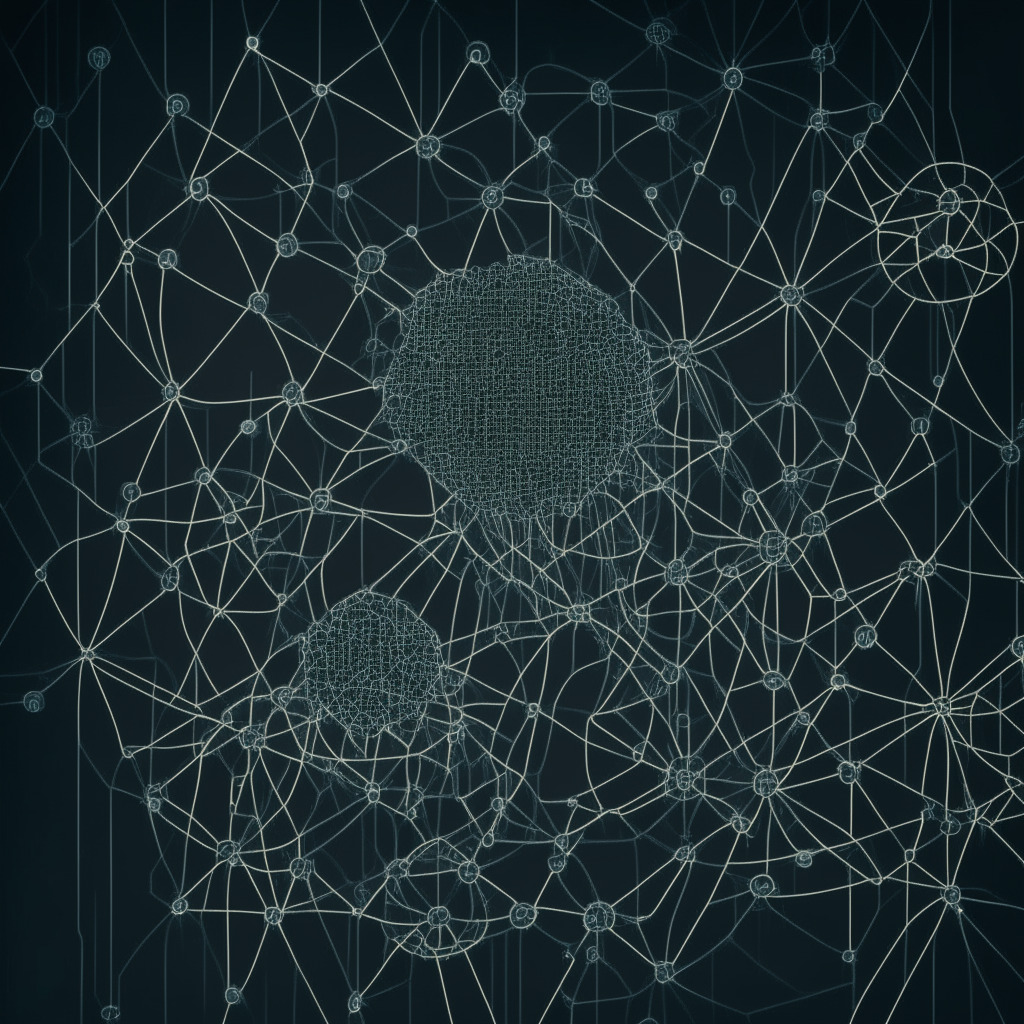The reliability of blockchain investigation toolkits such as Chainalysis’ Reactor software, widely adopted across the crypto industry, may not be as rock-solid as previously assumed. In a recent testimony, Elizabeth Bisbee, head of investigations at Chainalysis Government Solutions, admitted to a lack of scientific evidence supporting the accuracy of this acclaimed software, thus raising a critical question about the very foundation of its operation. Curiously, this is a glaring revelation given the software’s prevalent usage across law enforcement agencies.
Is it conceivable that these tools, often referred to as “probabilistic” machines, don’t function as well as the crypto ecosystem believes? The implications here could be significant. Chainalysis’ surveillance apparatus is widely executed for compliance, sometimes leading to unwarranted account restrictions or placing innocent individuals in the law enforcement spotlight without justified ground.
This heated conversation has been turned into a fiery defense by lawyer Tor Ekeland in a case involving Roman Sterlingov, the alleged brain behind the famous Bitcoin Fog cryptocurrency mixer. Accused of using the mixer to anonymize bitcoin transactions, Sterlingov’s defense challenged the use of Chainalysis’ Reactor software in tracking the crypto payments implicated in the investigation.
In his defense, Ekeland deems the Reactor a “black box algorithm” that relies on a potentially erronoeous science. Given the critical nature of criminal investigations, an algorithm with disputable accuracy can be ludicrously troubling. In an attempt to highlight this paradox, Bisbee was grilled on the evidence of Reactor’s accuracy that was sold to governments for law enforcement. Bisbee’s response? A stark absence of scientific peer-reviewed papers or published credibility affirming the Reactor’s accuracy.
Perhaps even more astonishing is Chainalysis’ admission that customer feedback becomes the yardstick for measuring its software’s accuracy, rather than empiric, scientific evidence. A statement issued by Chainalysis affirmed Bisbee’s ignorance of error margins for their software, and importantly, their failure to record false positive and negative rates for the service. This admission bears an uncanny resemblance to a recent post by competing firm, Coinbase, branding blockchain analytics as “more of an art than a science.”
This brings us to a very basic yet crucial consideration – In a democracy where criminal convictions necessitate the presence of scientific evidence, should we be entrusting such sensitive tasks to software with largely unverified accuracy? Questions are raised about the future of blockchain software and its efficacy. As the debate quietly simmers, one might wonder: between the art and science of blockchain, what dominates in our teetering crypto ecosystem?
Source: Coindesk




